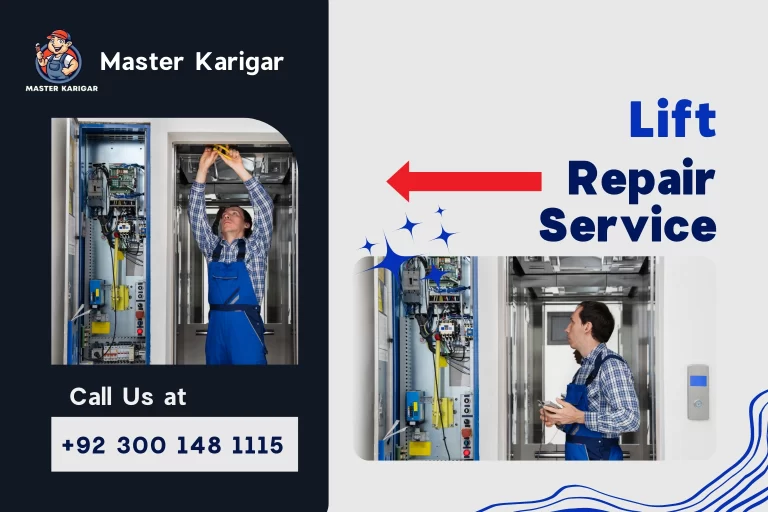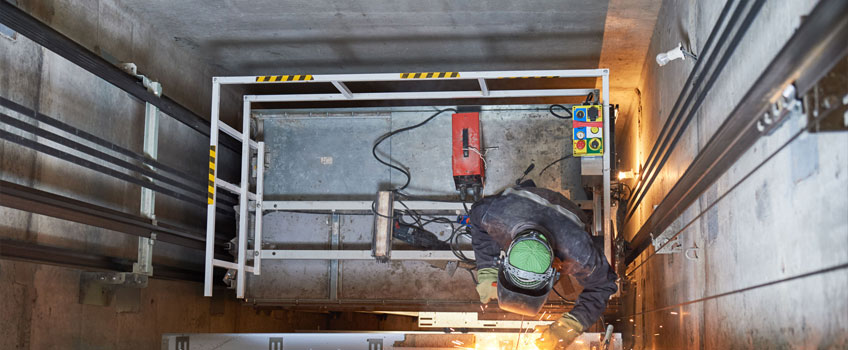Ideal Lift Maintenance Company Options Near Me for Specialist Lift Repairs
Ideal Lift Maintenance Company Options Near Me for Specialist Lift Repairs
Blog Article
Comprehensive Overview to Elevator Systems and Their Upkeep
Navigating the complex world of lift systems and their maintenance is a job that demands accuracy and understanding. From the numerous kinds of elevator systems in use to the careful adherence to safety guidelines, the maintenance of these vertical transportation tools is a diverse venture.
Kinds of Elevator Equipments
The most common kinds consist of hydraulic elevators, traction elevators, machine-room-less elevators, and vacuum elevators. Hydraulic elevators are suitable for low-rise structures and use a hydraulic piston to move the elevator auto. Machine-room-less elevators are a space-saving choice as they do not need a different machine area for the elevator equipment.
Each type of lift system has its very own advantages and disadvantages, making it crucial for building owners and programmers to thoroughly consider their specific needs before picking one of the most ideal option. Variables such as constructing elevation, area accessibility, energy performance, and spending plan constraints all play a substantial function in determining the most effective elevator system for a specific building.
Usual Maintenance Problems
Normal maintenance of lift systems is vital to guarantee smooth procedure and prolong their lifespan. Despite regular maintenance, elevator systems can still encounter usual maintenance concerns that need to be promptly dealt with to avoid interruptions in solution. One of one of the most constant problems is door breakdowns. Elevator doors might obtain misaligned, leading to concerns with opening and closing effectively. This can create delays and safety risks, requiring instant focus from maintenance technicians. One more common issue is connected to the lift's leveling precision. If the elevator doesn't straighten correctly with the floorings, guests might experience tripping hazards and pain. Furthermore, problems with the control system, such as sensor problems or electrical issues, can trigger the lift to breakdown or quit working completely. Normal assessments and aggressive upkeep can assist determine and resolve these common maintenance issues prior to they intensify and affect the general performance of the lift system.
Safety And Security Regulations and Conformity
Abiding by rigorous security guidelines and making certain conformity with market requirements are vital for keeping the functional integrity of elevator systems. Lifts go through a thorough collection of safety policies to protect travelers, maintenance personnel, and the public. Regulatory bodies such as the Occupational Safety and Health And Wellness Management (OSHA) in the United States and the European Lift Association (ELA) in Europe establish standards that cover various elements of elevator style, upkeep, operation, and installment.
Compliance with these laws is not just a lawful need but likewise a moral obligation for building owners and lift maintenance companies. Routine inspections, maintenance checks, and adherence to security protocols outlined in the guidelines are crucial to guarantee the reliable and risk-free operation of lift systems.
Ideal Practices for Upkeep

Building owners should likewise think about spending in innovation upgrades to boost the efficiency and safety and security of their elevator systems. By following these best practices, lift systems can run efficiently best site and safely, providing trusted vertical transportation for occupants.

Advanced Technologies for Effectiveness
Carrying out advanced modern technologies in lift systems can considerably boost functional effectiveness and traveler experience. lift maintenance services. One of the essential innovations in elevator technology is the introduction of location control systems. Click This Link These systems enable travelers to input their desired flooring prior to getting in the lift, which then guides them to one of the most reliable cars and truck. By lessening unnecessary quits and maximizing traveling paths, destination control systems minimize wait times and congestion in high-traffic buildings.
In addition, the assimilation of clever sensing units and predictive upkeep capacities has revolutionized lift maintenance. These sensing units can find possible concerns before they rise, making it possible for positive upkeep treatments and lessening downtime. Furthermore, using energy-efficient parts and regenerative drives aids reduce power usage and operating expense in lift systems.
Additionally, the implementation of cloud-based tracking and remote diagnostics enables real-time monitoring of elevator efficiency and immediate troubleshooting of any type of breakdowns. This positive strategy not only improves system dependability but likewise improves the overall user experience by making certain smooth and undisturbed lift operations.
Final Thought
In final thought, understanding the different types of elevator systems, common upkeep concerns, safety policies, ideal maintenance methods, and advanced modern technologies for effectiveness is vital for ensuring the smooth operation of elevators. By sticking to safety and security guidelines and executing best practices for upkeep, building owners can extend the life expectancy of their elevator systems and ensure the safety of travelers. It is necessary to remain upgraded on the most up to date advancements in elevator modern technology to enhance effectiveness and reliability.
The most common types include hydraulic elevators, traction lifts, machine-room-less elevators, and vacuum lifts. Hydraulic elevators are suitable for low-rise buildings and make use of a hydraulic piston to move the lift automobile. Machine-room-less elevators are a space-saving choice as they do not need a separate maker room for the elevator machinery. Normal examinations and proactive upkeep can aid determine and fix these common upkeep problems before they escalate and affect the total performance of the elevator system.

Report this page